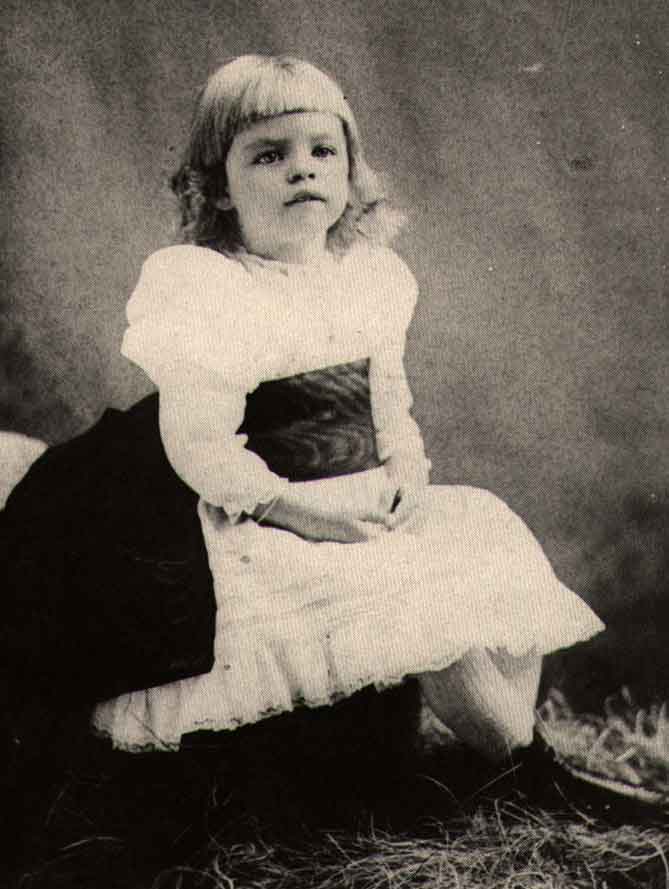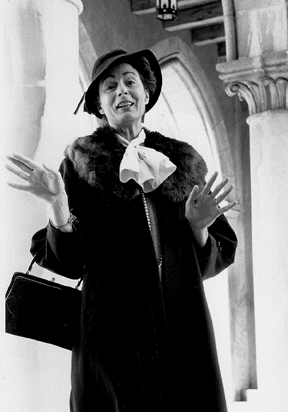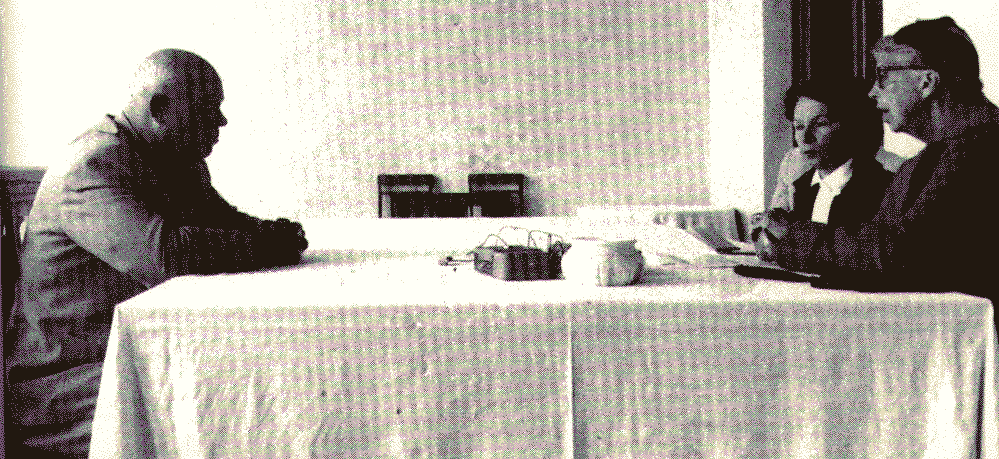
Time Line
1884
Born in New York on Oct. 11.
1903-04 
Enrolls in Junior League of New York, teaching calisthenics and dancing to immigrants in slum areas. Also joins the Consumers' League and investigates working conditions in garment factories and department stores.
1905
Marries Franklin in New York on March 17. The bride is given away by uncle, Pres. Theodore Roosevelt.
1912
Attends her first Democratic Party convention.
1918
Works with the Red Cross and the Navy Department to help American servicemen in World War I.
1918
Learns of her husband's affair with her social secretary, Lucy Mercer. Franklin agrees to end affair and the couple decide against divorce.
1919
Volunteers at St. Elizabeth Hospital visiting shell-shocked World War I veterans.
1919
Volunteers as translator at International Congress of Working Women in Washington.
1920
Joins Franklin on campaign trail during his unsuccessful bid for Vice President on the James Cox ticket. Begins friendship with Louis Howe, an advisor to her husband.
1920
Joins League of Women Voters and works for women's political gains following the successful suffrage movement. Learns art of making speeches from Howe and delivers first public speeches for the League.
1921 
Nurses Franklin after he is stricken with polio and encourages his ambition to return to public life.
1922
Joins the Women's Trade Union League and befriends WTUL activists Rose Schneiderman and Maud Schwartz.
1922
Joins the Women's Division of the Democratic State Committee and begins association with Marion Dickerman and Nancy Cook, activists in mainstream Democratic Party politics.
1922
Writes “Why I Am a Democrat” for the League, crystallizing her ideals and commitment to the Democratic Party.
1925
Together with Franklin, builds Val-Kill Cottage in Hyde Park, as a retreat for herself, Dickerman, Cook and friend Caroline O'Day.
1925
Co-founds the Val-Kill furniture factory with Dickerman and Cook.
1926
Together with Dickerman and Cook, purchases Todhunter School, a girl's school in New York where she teaches history and government.
-Eleanor visiting a bomb shelter inder the White Cliffs of Dover
1927
Befriends Mary McLeod Bethune, black president of Bethune-Cookman college who helps to develop her understanding of black issues and conditions.
1928
Named the director of Bureau of Women's Activities of the Democratic National Committee.
1928
Writes “Women Must Learn to Play the Game as Men Do” in Redbook magazine as a call for women to become political “bosses.”
1933
Becomes the first president's wife to hold press conferences on March 6; only female reporters are admitted.
1933
Helps to bring about Arthursdale, an experimental homestead project for West Virginia coal miners.
1934
Helps to initiate the National Youth Administration, which employed young Americans.
1934
Arranges a meeting between Franklin and NAACP leader Walter White to discuss anti-lynching legislation.
1934
Campaigns for O'Day, during O'Day's run for Congress.
1935
Arranges a meeting between Franklin, James Farley, head of the Democratic National Committee, and Molly Dewson, head of the Women's Division of the DNC, to discuss the role of women in the upcoming elections.
1935
Starts publishing her syndicated column, “My Day,” which she continues until her death.
1936
Helps Bethune secure the directorship of the Division of Negro Affairs at the National Administration.
1939
Attends Southern Conference for Human Welfare meeting in Birmingham, Ala., with Bethune. Defies state authority by sitting in center aisle, between whites and blacks, after police tell her she is violating segregation laws by sitting with black people.
1939
Helps to arrange a concert by black singer Marian Anderson for 75,000 people at Lincoln Memorial.
1939-40
Uses her influence to help Karl Frank, who had been active in the German underground movement against Hitler. Helps relocate to America several labor and socialist deputies and their families stranded in Europe.
1941-42
Serves as assistant director of civilian defense.
1943
Travels to South Pacific to boost troop morale.
1945
With Eleanor's intervention and pressure from civil rights groups, the Army Nurse Corps opens its ranks to black women.
1945
Regarding Franklin's death, Eleanor says “The story is over,” and returns to private life at the Val-Kill cottage in Hyde Park.
1945
Becomes a member of the NAACP board of directors.
1945
At President Harry Truman's request, becomes a U.S. delegate to the United Nations.
1946
Debates Soviet delegate head, Andrei Vishinski, regarding World War II refugee repatriation. The General Assembly votes against Vishinski and Eleanor emerges as the world's foremost spokeswoman for human rights.
1947
After being elected head of the 18-nation U.N. Human Rights Commission, begins work on drafting the Declaration of Human Rights.
1947
Joins Truman in addressing a plenary session of the NAACP annual conference held at the Lincoln Memorial in Washington. In her speech, Eleanor stresses the need for civil rights to be viewed as an international issue, thus highlighting the United Nations' ongoing role in developing a human rights doctrine.
1947
Spearheads a drive by liberals to create Americans for Democratic Action, which domestic social reform and supports Truman's toughening stance against Russia in the developing Cold War.
1948
Gives “The Struggles for the Rights of Man” speech at the Sorbonne during the U.N. General Assembly meeting in Paris.
1948
Threatens to resign from the United Nations if Truman fails to give recognition and aid to newly created Israel. Truman eventually recognizes and supports Israel and Eleanor remains at the United Nations.
1948
Helps to secure passage of the Universal Declaration of Human Rights by the General Assembly.
1952
Resigns from the U.N. delegation after the election of Eisenhower.
1957
Travels to the Soviet Union for the New York Post, meets Nikita Khrushchev.
1959 
Khrushchev visits Eleanor at Hyde Park.
1960
Meets with John F. Kennedy, begins to take a role in the Kennedy campaign.
1961
Kennedy re-appoints Eleanor to the United Nations and appoints her as the first head of the President's Commission on the Status of Women.
1962
Leads an ad hoc Commission of Inquiry into the Administration of Justice in the Struggle; reports on the efforts status of rights in United States.
1962
Dies in New York of complications stemming from tuberculosis on Nov. 7 and is buried next to Franklin at Hyde Park on Nov. 10.
Timeline text courtesy Franklin D. Roosevelt Library.
![]()